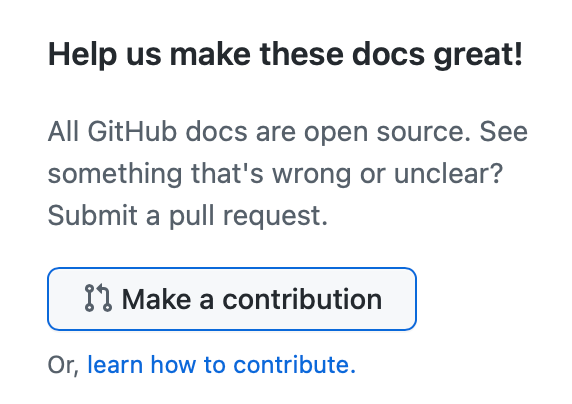Interlace CSS is a library of modern and unique CSS effects that you can use to enhance the look and feel of your website. With Interlace CSS, you can easily add eye-catching buttons, hover effects, and more to your web pages without writing any complex CSS code.
To start using Interlace CSS in your project, you can either download the CSS file and link it in your HTML file or link the CSS file directly from a CDN.
<link rel="stylesheet" type="text/css" href="https://cdn.jsdelivr.net/gh/vinyashegde/interlace/components/interlace/interlace.css">
or
<link rel="stylesheet" type="text/css" href="https://cdn.jsdelivr.net/gh/vinyashegde/interlace/components/interlace/interlace.min.css">
Downloading the CSS File To download the CSS file, simply clone or download the Interlace CSS repository from Github. Then, link the CSS file in your HTML file by adding the following code to the head section of your HTML file:
• Home
• Docs
- Various Button Effects
- Drop Down Menu
- Navigation Bar
- Header & Footer
- And many more...
Interlace CSS is compatible with all modern browsers, including:
Google Chrome Mozilla Firefox Apple Safari Microsoft Edge Opera
License Interlace CSS is licensed under the MIT License.
If you would like to contribute to Interlace CSS, feel free to fork the repository and make a pull request.
To get an overview of the project, read the README. Here are some resources to help you get started with open source contributions:
- Finding ways to contribute to open source on GitHub
- Set up Git
- GitHub flow
- Collaborating with pull requests
To navigate our codebase with confidence, see the introduction to working in the docs repository 🎊. For more information on how we write our markdown files, see the GitHub Markdown reference.
Check to see what types of contributions we accept before making changes. Some of them don't even require writing a single line of code ✨.
If you spot a problem with the docs, search if an issue already exists. If a related issue doesn't exist, you can open a new issue using a relevant issue form.
Scan through our existing issues to find one that interests you. You can narrow down the search using labels as filters. See Labels for more information. As a general rule, we don’t assign issues to anyone. If you find an issue to work on, you are welcome to open a PR with a fix.
Click Make a contribution at the bottom of any docs page to make small changes such as a typo, sentence fix, or a broken link. This takes you to the .md file where you can make your changes and create a pull request for a review.
For more information about using a codespace for working on GitHub documentation, see "Working in a codespace."
- Fork the repository.
-
Using GitHub Desktop:
- Getting started with GitHub Desktop will guide you through setting up Desktop.
- Once Desktop is set up, you can use it to fork the repo!
-
Using the command line:
- Fork the repo so that you can make your changes without affecting the original project until you're ready to merge them.
-
Install or update to Node.js, at the version specified in
.node-version. For more information, see the development guide. -
Create a working branch and start with your changes!
Commit the changes once you are happy with them. Don't forget to self-review to speed up the review process:zap:.
When you're finished with the changes, create a pull request, also known as a PR.
- Fill the "Ready for review" template so that we can review your PR. This template helps reviewers understand your changes as well as the purpose of your pull request.
- Don't forget to link PR to issue if you are solving one.
- Enable the checkbox to allow maintainer edits so the branch can be updated for a merge. Once you submit your PR, a Docs team member will review your proposal. We may ask questions or request additional information.
- We may ask for changes to be made before a PR can be merged, either using suggested changes or pull request comments. You can apply suggested changes directly through the UI. You can make any other changes in your fork, then commit them to your branch.
- As you update your PR and apply changes, mark each conversation as resolved.
- If you run into any merge issues, checkout this git tutorial to help you resolve merge conflicts and other issues.
Congratulations 🎉🎉 The GitHub team thanks you ✨.
Once your PR is merged, your contributions will be publicly visible on the GitHub docs.
Now that you are part of the GitHub docs community, see how else you can contribute to the docs.

